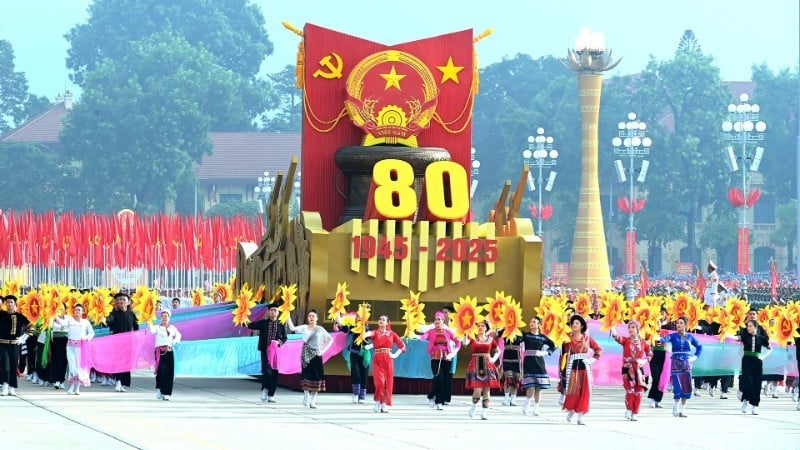
The draft Political Report of the 13th Party Central Committee at the 14th National Party Congress emphasized: Establishing a new growth model, restructuring the economy, promoting industrialization and modernization, taking science, technology, innovation and digital transformation as the main driving force.
Forming institutional pillars
The “establishment of a new growth model” is necessary to shape the trajectory of the factors contributing to Vietnam’s economic growth. In essence, the theories of economic growth models of economic scholars often explain how growth (dependent variable) of an economy is created from input factors (independent variables). For example, the growth theory of David Ricardo (1772-1923), a British economist, emphasized three factors affecting economic growth: capital, labor and land. In which, land is the decisive factor for economic growth, but he considered “land” as the limit of growth, leading to constraints on other factors contributing within the “limit” of land.
The theory of American economist Robert Merton Solow (1924-2023) identified three factors affecting economic growth, including capital, labor and technological progress. In which, technological progress is the factor affecting long-term growth (unlimited impact) if it is properly integrated with demographics (population growth rate), depreciation (depreciation rate), savings (savings rate), it will create new "golden spots" thanks to technological "breakthroughs". The theory of endogenous growth model Robert E. Lucas (1937-2023), an American scientist , identified three factors, including capital, labor and total factor productivity (TFP). In which, TFP is the factor of long-term growth, growth in depth.
Thus, in essence, understood from a theoretical perspective, the economic growth model is a way of expressing the most basic views on economic growth through economic variables and the relationships between them. Therefore, correctly, fully and scientifically identifying the position and contribution of factors as well as the relationships between them is a fundamental step in establishing the Vietnamese growth model in the era of national development.
To identify factors, assess the level of contribution and shape the growth model of Vietnam, it is necessary to first analyze the economic growth model of Vietnam after the Doi Moi period (1986) with the common name "Extensive growth model" which mainly relies on increasing the number of inputs (capital, labor and resources) with little mention of changes in technology factors (or even not mentioned). Therefore, the transformation of the economic growth model in 2011 (Documents of the 11th Congress) is an objective necessity when the space of capital, land and resources is no longer an advantage.
In the period 2011-2024, Vietnam has successfully transformed its economic growth model based on the effective use of input factors (labor, capital, and breakthroughs in science and technology). However, growth thanks to increased capital and labor continues to decrease, and use is increasingly saturated and ineffective. In addition, the formation of institutional pillars forms a large piece in Vietnam's economic growth model.
Institutional breakthroughs are reforms, comprehensive and profound changes aimed at removing existing barriers and bottlenecks, thereby liberating resources. Institutional innovation and reform gradually remove bottlenecks, unblocking land resources; labor; capital... The focus is on major breakthroughs associated with 4 resolutions of the Politburo (Resolutions No. 57-NQ/TW, No. 59-NQ/TW, No. 66-NQ/TW, No. 68-NQ/TW) addressing core issues such as integration, law enforcement, science, technology and private economic development.
Scientific, technological and innovation breakthroughs
Scientific, technological and innovation breakthroughs are the main drivers of Vietnam's economic growth. The science and technology element in Vietnam's economic growth model requires an academic approach that goes beyond surface concepts. Scientific, technological and innovation breakthroughs are not only a driving factor but also an endogenous variable that determines the nature and speed of growth. Instead of considering science and technology as an exogenous factor, independent of the economic system as in neoclassical growth models, the modern academic approach considers knowledge and technology as products of purposeful economic activities.
In the context of Vietnam, the transition from a growth model based on capital and labor accumulation to a model based on endogenous variables when investment activities in research and development, education, and innovation are directly integrated into the production function. Breakthrough is not just a linear increase in productivity but an exponential change in investment efficiency, creating a spillover effect across the entire economy.
Arousing patriotism, the desire for development and promoting the human factor are the center of development. Endogenous growth models have demonstrated that human knowledge, education and skills are endogenous variables that directly determine productivity and innovation. Arousing patriotism and the desire for development is not only a spiritual factor but also a practical driving force to promote human capital accumulation. When the aspirations of Vietnamese people are linked to the common goals of the Party and the State, they will proactively learn, improve their qualifications and actively contribute to research and development activities, helping to improve productivity, efficiency and competitiveness of the economy.
The formation of infrastructure creates a foundation for Vietnam's future economic growth. The transport infrastructure system (highways, seaports, airports, etc.) has been expanded, the power grid infrastructure has been modernized and covered nearly 100%, while the broadband telecommunications network has become popular. The improvement of technical and digital infrastructure has reduced logistics costs, enhanced inter-regional connectivity, and strongly attracted foreign direct investment (FDI) flows, helping Vietnam improve productivity and competitiveness as an endogenous variable in establishing a long-term economic growth model.
In short, the establishment of Vietnam's economic model is shaped on the basis of economic practice combined with the Party and State's viewpoints and policies on growth and development, restructuring associated with growth model transformation, clean agricultural model transformation and new and modern rural construction. It is a synchronous combination of input factors (unleashing resources), institutional reform (synchronous, inclusive), breakthroughs in science and technology, promoting human factors... to improve productivity, efficiency and sustainable development.
Source: https://nhandan.vn/xac-lap-mo-hinh-tang-truong-viet-nam-trong-ky-nguyen-moi-post921729.html








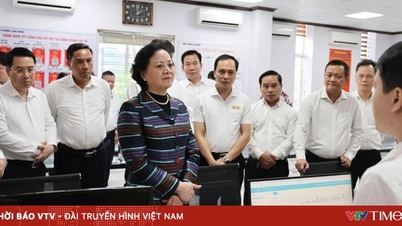



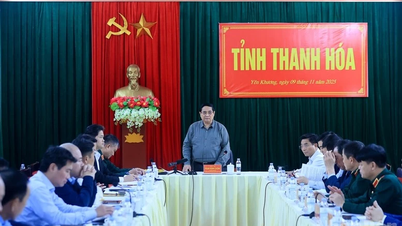

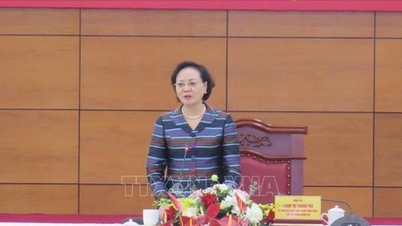








![[Video] Groundbreaking ceremony of inter-level boarding schools in the border areas of Tuyen Quang and Lao Cai](https://vphoto.vietnam.vn/thumb/402x226/vietnam/resource/IMAGE/2025/11/09/1762702287645_lao-cai-ha-giang-6159-jpg.webp)
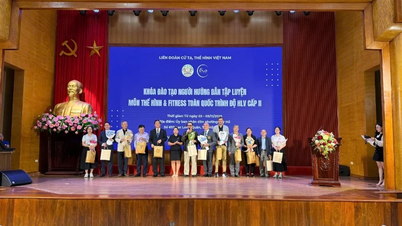
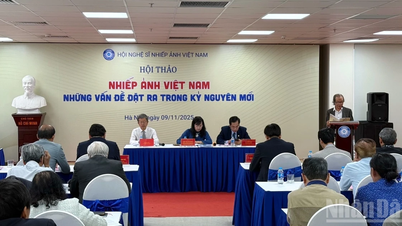






































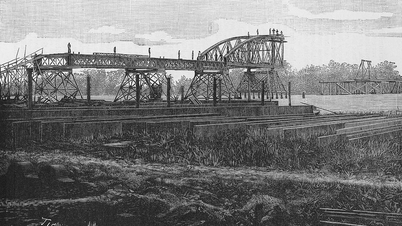





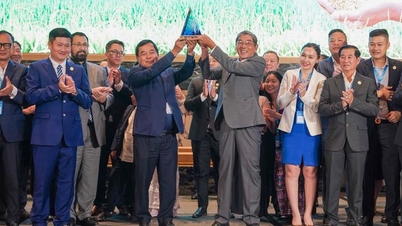


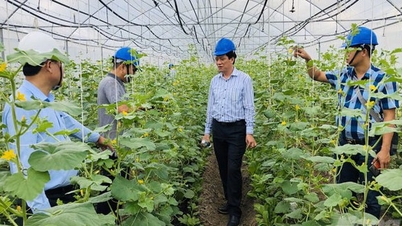
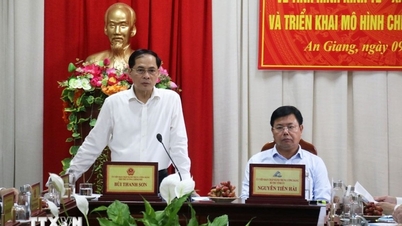





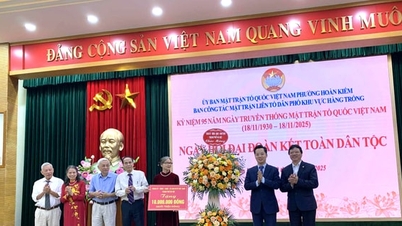



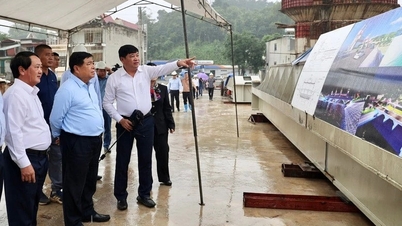

















Comment (0)